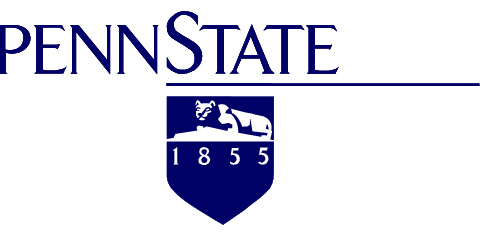Some settlements could be final within weeks.
"I hope this brings some level of closure for everyone," said university trustee Ted Brown, who confirmed that the board on July 12 set $60 million as a maximum combined payout for an initial batch of settlements. "I feel great sympathy for each and every victim."
It is not clear where Penn State will get the money for the payments. University officials want to cover them through a long-standing policy with the Pennsylvania Manufacturers' Association Insurance Co. They sued the insurance company in Centre County over its refusal to cover the claims, an ongoing fight that Brown and a university spokesman declined to discuss. The company could not be reached.
This is very typical," said legal scholar and Bucks County-based attorney Marci Hamilton, who represents two claimants against Penn State. She said insurance companies "always" try to mitigate their obligations when major settlements are at stake.
"In the vast majority of these large settlements, insurance has covered a significant portion of it," Hamilton said.
Thirty-one men filed the claims against Penn State, each alleging abuse by Sandusky, 69. A Centre County jury found the former assistant football coach guilty in June 2012 of abusing 10 boys during the course of 15 years, often on school property. He is serving a 30- to 60-year sentence in the State Correctional Institution in Waynesburg.
Brown said he wasn't sure how many claims the $60 million would pay but indicated it would not cover every victim. About 25 claims would be resolved, according to an Associated Press report.
The figure is the same as the fine the NCAA imposed on Penn State for the university's handling of the Sandusky case - a fact Brown called a coincidence.
Lead negotiator Michael K. Rozen would not specify dollar figures but said he expects some claims will be resolved within four weeks. He would not say exactly how many.
"Things are progressing, everyone is negotiating in good faith, and I'm optimistic," said Rozen, a New York-based attorney for Penn State.
Last week, university trustees authorized the school to offer some settlements. Penn State will disclose details only when all the claims are settled and agreements signed, according to the school.
"The university intends to deal with these individuals in a fair and expeditious manner, with due regard for their privacy," President Rodney Erickson said in a prepared statement.
Lawyers for some complainants limited their public remarks but said Penn State has been cordial and professional. Many of them have reached tentative agreements, said Tom Kline, a Philadelphia-based attorney representing Victim 5. He said lawyers are moving from negotiations to documenting "numerous previously achieved informal deals."
"I understand a global (overall settlement) amount will be announced by PSU, but individual amounts will be intended to be confidential," Kline said via email.
He said a settlement "will not undo the harm to Victim 5. It will serve to compensate him and to provide a closure to this chapter for both him and PSU."
Contributing factors in settlement amounts can include the severity and duration of abuse and the long-term impact on the victim, lawyers said.
"We don't see class-action suits involving child sex abuse because each case is so different. These are highly individualized determinations," Hamilton said.
She noted that abuse survivors often need financial help to cover years of therapy. At times, they pursue nonmonetary agreements to force institutions to better protect children, issue public apologies or take other steps, Hamilton said.
She said she could not comment on whether the Penn State negotiations might include nonmonetary provisions.
If insurance does not cover all the claims, the university indicated it could lean on an internal source. Interest from internal loans - collected when Penn State lends money to departments within the school - could help cover the expenses, administrators have said. The school has a $4.4 billion annual budget.













 Some of convicted child molester Jerry Sandusky's victims soon could start collecting part of as much as $60 million from Penn State University for the harm he caused, a
Some of convicted child molester Jerry Sandusky's victims soon could start collecting part of as much as $60 million from Penn State University for the harm he caused, a